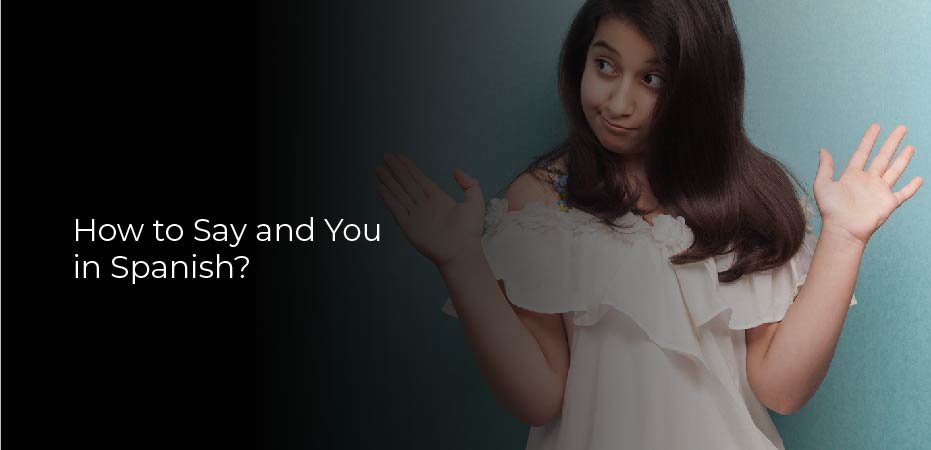
How to Say and You in Spanish?
Table of Contents
How to say “and you” in Spanish? When you’re speaking Spanish, “and you” is translated to “y usted.” This is a formal way of saying “and you,” and is typically used when addressing someone who is older than you or someone who has a higher rank than you. To say “and you” in a more casual way, use the phrase “y tú,” which is pronounced “ee too.
- When you want to say “you” in Spanish, there are a few different words you can use.
- The most common way to say “you” is “tú”. You use “tú” when talking to someone who is not your superior or someone you don’t know well.
- If you want to show respect for the person you are talking to, you can use “usted”. You use “usted” when talking to someone who is your superior or someone you don’t know well.
- Another way to say “you” is “vosotros”. You use “vosotros” when talking to a group of people who all know each other well.
- The final way to say “you” in Spanish is “ellos/ellas”.
How to Decide Which Spanish Form of “You” to Use
When speaking Spanish, there are different forms of “you” that can be used, depending on the relationship between the speaker and the person being addressed. To determine which form to use, it is important to know how to identify the subject and object of a sentence. The subject is the actor or doer of an action, while the object is the recipient or target of the action. In order to decide which form of “you” to use, you need to know who is performing the action and who is receiving it.
There are three forms of “you” in Spanish: tú (informal), usted (formal), and vosotros (informal plural). Tú is used when talking to someone who is younger than you, someone who is your equal in rank, or someone you are flirting with.
In Spanish, “and you” is “y usted.” To say it, you can say “y usted,” “y tú,” or “y vosotros.” “Y usted” is the formal way to say it, and “y tú” is the informal way.
Important Things to Remember About “You” in Spanish
- Always use polite language when speaking to someone in Spanish. This contains saying “please” and “thank you.”
- Remember to use the correct verb conjugation when speaking in Spanish. For example, if you are talking about yourself in the present tense, use “yo” instead of “I.”
- Be aware of your tone of voice when speaking Spanish. Avoid sounding too harsh or condescending.
- Make sure to use the correct gender pronouns when referring to someone else. For example, if you are talking about a woman, use “ella” instead of “he.”
- Pay attention to regional dialects when speaking Spanish. Certain words and phrases may be used differently depending on where you are located.
- Always be respectful when speaking to someone who is not a native speaker of Spanish.
Different forms of “you” have other verb conjugations
In English, there are three different forms of “you” that have different verb conjugations. These forms are “you,” “your,” and “yours.” Each form has a unique verb conjugation.
The first form, “you,” is used when talking to someone who is not your spouse or significant other. This form is also used when talking to someone who you do not know very well. The verb conjugation for this form is “you are.”
The second form, “your,” is used when talking to someone who is your spouse or significant other. This form is also used when talking to someone who you know very well. The verb conjugation for this form is “you have.”
The third form, “yours,” is used when talking about something that belongs to the person you are speaking to.
The “you” forms change depending on their function in the sentence in spanish
In Spanish, the pronoun “you” has different forms depending on its function in the sentence. There are four different forms of “you”, which are listed below.
1) Singular informal “you” – used when talking to someone you know well and is not formal. This form is written as “tú”.
2) Singular formal “you” – used when talking to someone you don’t know well, or when talking to someone who is older or in a position of authority. This form is written as “usted”.
3) Plural informal “you” – used when talking to more than one person, and is less formal than the singular informal form. This form is written as “vosotros”.